Deck & Commander Strategies

Tasigur, the Golden Fang
A control-combo deck that uses graveyard recursion and efficient card advantage spells to generate incremental value and maintain board presence. It aims to out-resource opponents and win through repeated value-based attacks or combo finishers.
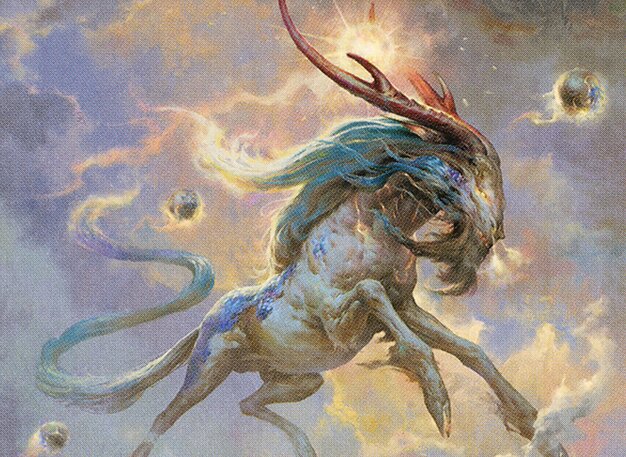
Hinata, Dawn-Crowned
A token and value synergy deck that creates multiple creature tokens and leverages enter-the-battlefield triggers to control the board and apply pressure, aiming to overwhelm opponents with incremental advantage.

Malcolm, Keen-Eyed Navigator
A tempo-oriented deck that uses artifact ramp and blink effects to generate value and maintain a steady flow of threats, often aiming to disrupt opponents while amplifying its own board presence.

Bjorna, Nightfall Alchemist
A midrange deck focused on efficient creatures and disruption to control the board state and chip away at opponents' life totals, leveraging synergy between creatures and artifacts.

Wernog, Rider's Chaplain
A value and life-gain focused deck that uses creatures with death triggers and recursion to stabilize the game and eventually secure victory through incremental value and board control.
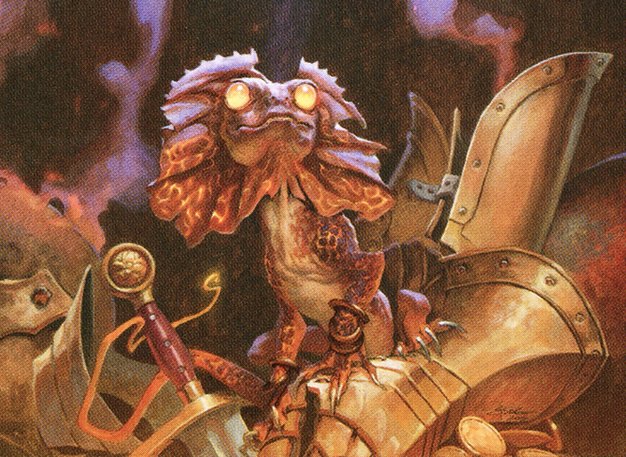
Kediss, Emberclaw Familiar
An aggressive deck that uses synergy with instants and sorceries, combined with fast mana and burn spells, to quickly reduce opponents’ life totals and close out games before they can stabilize.
Gameplay Insights
- 1
Copying a legendary commander (Hinata) triggered the legend rule, forcing the player to immediately sacrifice the copy, highlighting the risks of copying commanders.
- 2
Counterspells like Force of Will and Deflecting Swat were crucial in maintaining control over key spells and interactions, underscoring the importance of having flexible instant-speed answers.
- 3
Players effectively managed damage from fast mana artifacts and lands (e.g., Mana Crypt, Manifold) to balance aggression with survivability.
- 4
Using clues and food tokens for incremental card draw and life gain helped smooth out resource shortages and maintain tempo.
- 5
The interaction between graveyard recursion and free spells (e.g., casting Lores multiple times) allowed for sustained pressure and card advantage.
- 6
Players carefully timed combat to maximize damage on vulnerable opponents while minimizing risk to themselves, showing high-level threat assessment and threat management.
Notable Cards
-
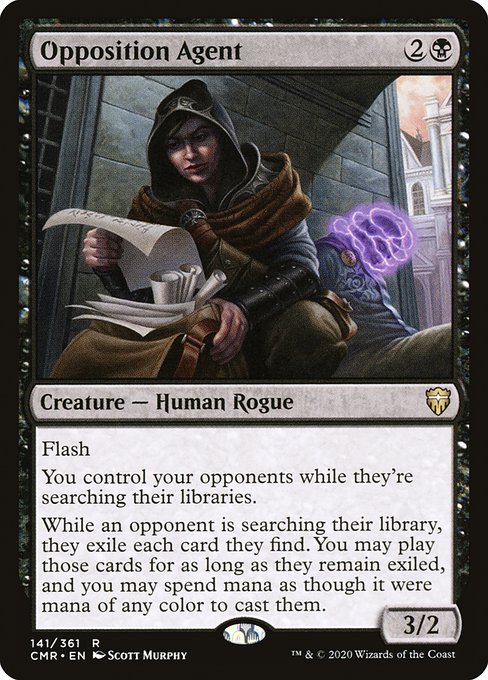
Opposition Agent
-

Force of Will
-

Deflecting Swat
-

Sublime Epiphany
-
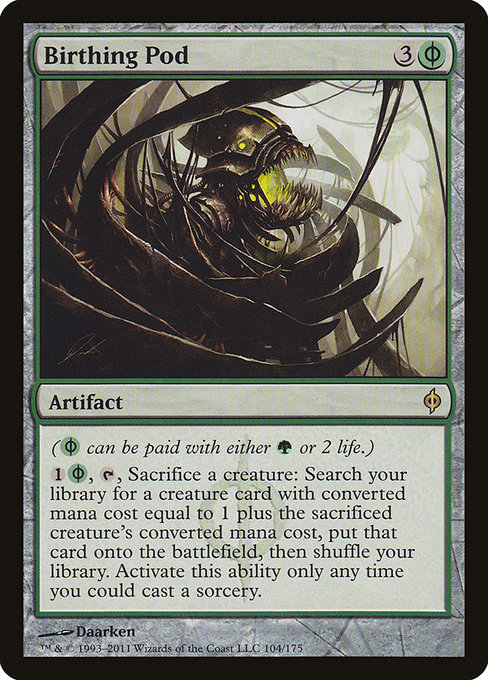
Birthing Pod
-

Swords to Plowshares
-

Dark Ritual
-

Mox Opal
-

Mana Crypt
-

Chrome Mox
-

Ancient Tomb
-

Misty Rainforest
-
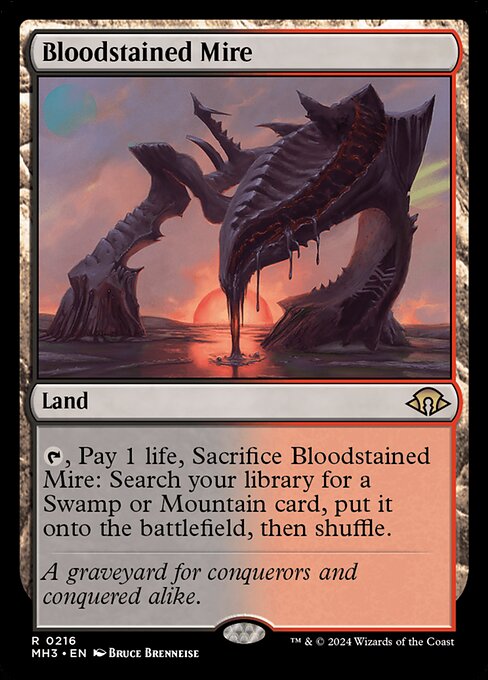
Bloodstained Mire
Gameplay Summary
The game featured a highly interactive and complex multiplayer cEDH match with six players piloting diverse commanders and strategies.
Early turns focused on fast mana development and setup plays, with players casting ramp artifacts and key lands to accelerate their game plans.
Tasigur's player leveraged powerful card advantage spells and recursion, repeatedly casting creatures like Lures and Lucas to maintain pressure.
Meanwhile, opponents such as those playing Hinata and Malcolm focused on generating tokens and tempo plays, while others sought to develop board presence through creatures and artifact synergies. A significant turning point occurred when a player attempted to copy Hinata but was met with multiple counterspells and defensive interactions, including Force of Will and Deflecting Swat, demonstrating the high level of counterplay and interaction in the game.
Players carefully timed their attacks and abilities, with frequent life loss from cards like Manifold and Crypt, and tactical removal spells such as Swords to Plowshares keeping the board in check.
The game saw multiple combat phases where players exchanged damage, applied pressure, and disrupted opponents' resources, with treasure tokens and food tokens providing incremental value.
The match remained tight and strategic, with players balancing aggression and control, until one player managed to find the right combination of threats and answers to close out the game.





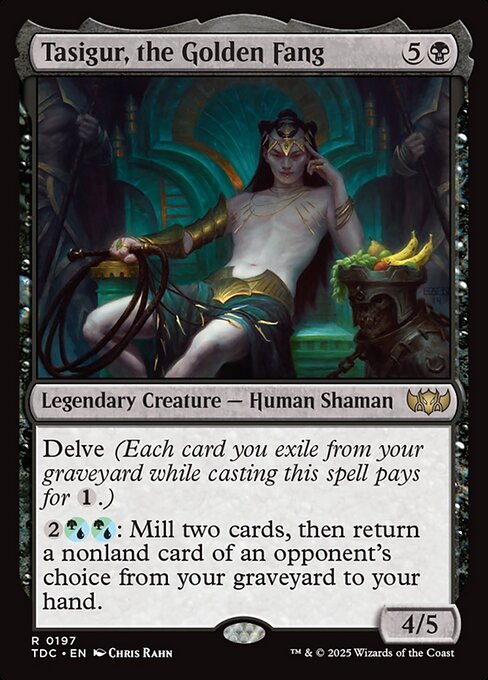
















![Commander VS S14E6: Depala vs Zur vs Tasigur vs Jeleva [EDH] thumbnail](https://i.ytimg.com/vi/5ukCL9oaRww/sddefault.jpg)
![Commander VS S7E1: Dune-Brood vs Ulasht vs King Macar vs Tasigur [MTG] thumbnail](https://i.ytimg.com/vi/Pgz8174J9dw/sddefault.jpg)
![Commander VS S5E1: Liliana vs Tasigur vs Kangee vs The Mimeoplasm [MTG Multiplayer] thumbnail](https://i.ytimg.com/vi/u35l-cgkQEY/sddefault.jpg)
![Commander Versus Series: Deck Tech - Alesha v.Yasova v. Tasigur v. Shu Yun [MTG Multiplayer] thumbnail](https://i.ytimg.com/vi/kaP2tpQL_pM/sddefault.jpg)
![Commander Versus Series: Alesha v.Yasova v. Tasigur v. Shu Yun [MTG Multiplayer] thumbnail](https://i.ytimg.com/vi/H-r66JJFVLQ/sddefault.jpg)









![Will & Hopper vs Beckett Brass vs Hinata vs The Realty Chip [EDH/Commander, MTG Gameplay 2022] thumbnail](https://i.ytimg.com/vi/Iz5vZjuwt0g/sddefault.jpg)

















